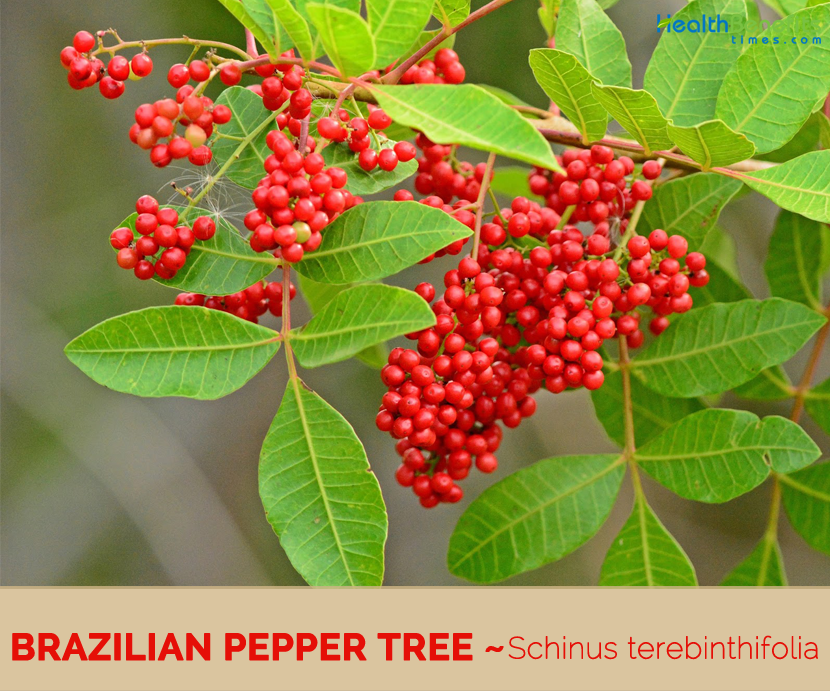brazilian pepper tree roots
Many have tagged this plant as an invasive species and noxious weed because of how much it has spread. Next cut through the tree trunk.
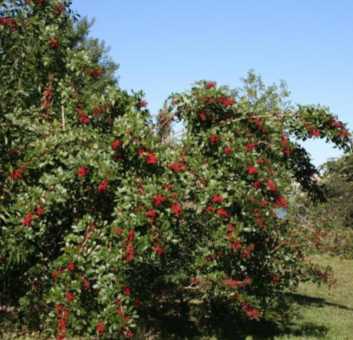
Invasive Plant Spotlight Brazilian Pepper U S National Park Service
To kill a Brazilian pepper tree you.
. The first step in removing a pepper tree is to cut it down. Pull down on the handle of a shovel to pry the roots from the soil. Leaving the roots behind will encourage the pepper to spread its seeds.
Its bright red berries and brilliant green foliage are used frequently as Christmas decorations. One of them is to cut the roots and branches off the tree. The branches can be upright reclining or nearly vine -like all on the same plant.
Not all pepper tree roots are invasive. Dig a wide circle 5 to 10 feet out from the trunk including as much of the roots as possible. Cut off the branches.
Please do not ever plant this tree. Avoid root disturbance until trees are confirmed dead. Read the manufacturers labels and material safety data sheets before using herbicides.
However you should take care when removing a 30-foot-tall tree. Planted originally as an ornamental outside of its native range Brazilian pepper has become widespread and is considered an invasive species in many subtropical regions with moderate to high rainfall including parts or all of Australia the Bahamas Bermuda southern China Cuba Fiji French Polynesia Guam Hawaii Malta the Marshall Islands Mauritius New Caledonia New. This species is an aggressive woody weed.
The California pepper tree Schinus molle is a fast-growing hardy evergreen. Stem inject older plants using 50 Glyphosate or basal bark with 250 ml Access in 15 L of diesel to bottom 50 cm of trunk during summer. Cut into the tree.
With an established root system the pepper tree requires very little rainfall and is considered to be the largest of all Schinus species growing up to five stories tall. Roots ¼ inch in diameter and larger are able to resprout and produce new plants so follow-up from this type of control method will be necessary. Brazilian pepper trees come in many different sizes ranging from a small shrub as it is often found when growing in a shaded location to a large tree which can grow.
A Brazilian pepper tree can be killed by cutting off its branches while a California pepper can be killed by chopping it down with a machete. Take a chainsaw to the tree cutting toward the base of the trunk leaving about a 6 to 12 inches above the soil. However the huge drawback is that they are owners of invasive roots.
Its wide canopy and drooping branches give it an appearance that closely resembles a willow tree making the two species. Seeds cannot tolerate heat and will not germinate following a fire but the plant has the potential to resprout after a fire from roots. The smell of the invasive tree can actually cause respiratory problems for some people with extended exposure.
The best time to cut the Brazilian pepper tree is when they are not fruiting because seeds contained in the fruits have the capability of producing new Brazilian Pepper Trees. It sends up root suckers and new shoots when it is cut. Exercise caution because thorns will remain sharp.
When youre done trimming the tree it is time to remove the roots as well. Brazilian pepper is a sprawling shrub or small tree with a shallow root system reaching a height of 2030 feet. Brazilian pepper tree roots produce suckers that give the tree a dense thicket appearance if they are not removed.
The species was brought into Florida in mid-1800 for use as an ornamental plant. Use a combination of digging tools such as a shovel pick ax garden hoe and mattock to dig around the trunk. Strip the branches from the tree and wear proper skin protection.
Allow time for the tree to die before you proceed further. This is the best method for killing the Brazilian pepper tree. Brazilian pepper-tree is native to Argentina Paraguay and Brazil.
Using a shovel begin digging a hole around the root ball making a wide circle to ensure the whole root system is. The Brazilian pepper tree was brought into south Florida for ornamental purposes Christmas decorations in 1898 although there is evidence of its presence 50 years earlier. Brazilian Pepper is in the same family of plants as Poison Ivy Poison Oak and Poison Sumac and thus can cause extreme skin irritation and cannoot be burned.
Once the roots have been cut the tree will not spread so it must be removed by hand. Next cut all root suckers leaving only one main vertical trunk on the tree. Habitat of the Brazilian pepper tree.
Brazilian and California pepper trees are known to have invasive roots. If Brazilian Pepper Trees that have fruits attached are cut care should be used to dispose of them so as not to spread the fruit to locations where they could cause future problems. Its plastic morphology allows it to thrive in all kinds of ecosystems.
The Brazilian pepper tree does not produce peppers but instead draws its name from its peppery aroma. It will cause a lot of problems if you do not properly remove the entire plant. Cut through the tree trunk.
Use a combination of digging tools such as a shovel pick ax garden hoe and mattock to dig. From dunes to s wamps where it grows as a semiaquatic plant. These peppers are edible within a 75 day span.
Dig a hole around the tree. California peppers can grow fully at a very fast rate. Using the bypass pruners youll want to cut branches up to ½-inch thick use lopping shears for branches ½ to 1 ½ inches thick and a pruning saw for branches that are larger than 15-inches in diameter.
Once the Brazilian pepper tree is dead its time to cut off the branches. Dig a wide circle 5 to 10 feet out from the trunk including as much of the roots as possible.
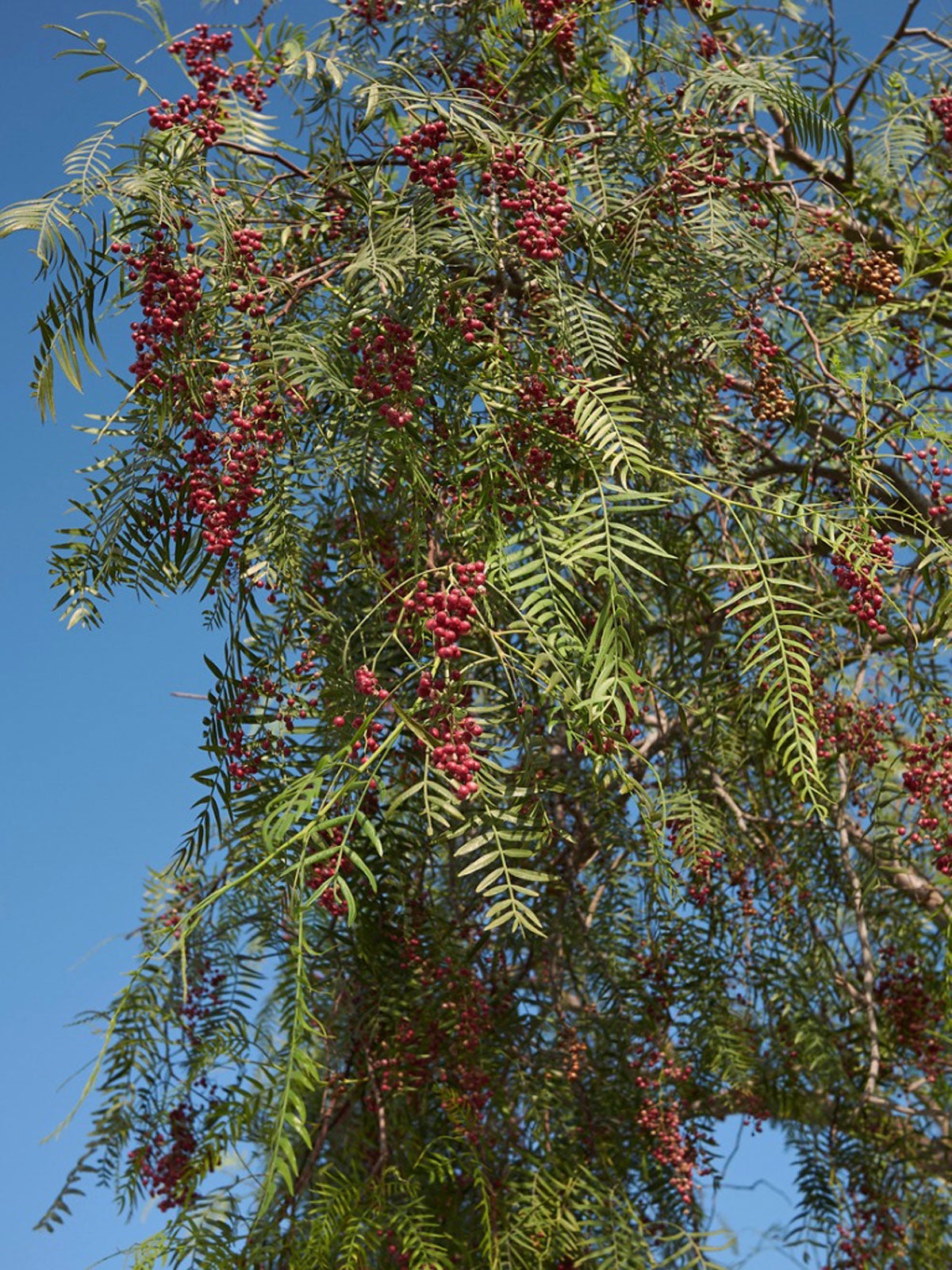
What Is A California Pepper Tree Growing California Pepper Trees

Brazilian Pepper Tree Mlalazi Estuarine Floodplain Inaturalist
How Can I Successfully Eradicate A Brazilian Pepper Tree
Brazilian Pepper Tree On Most Hated Plants List
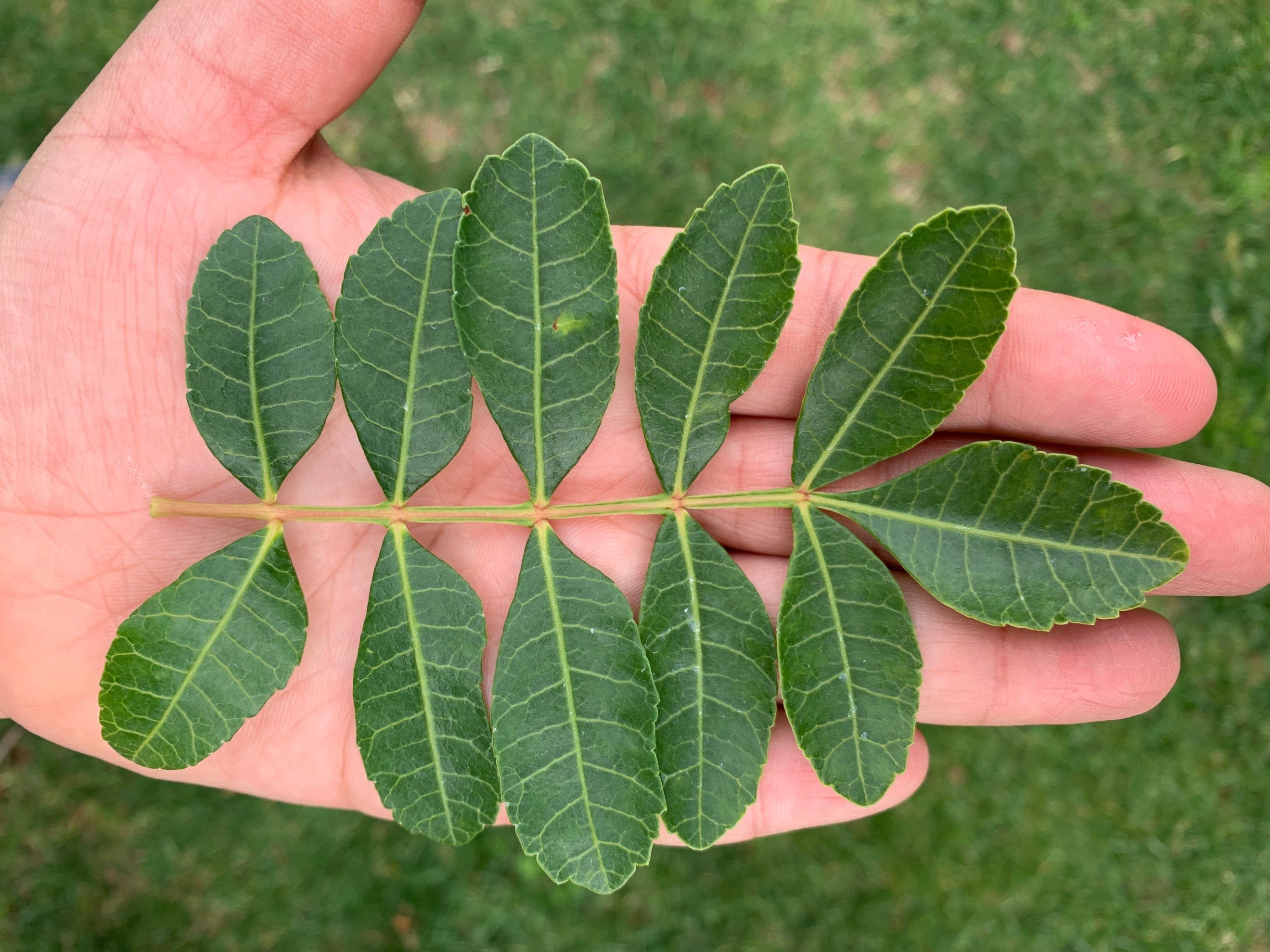
Brazilian Pepper University Of Redlands

Avoid The Brazilian Pepper Tree Schinus Terebinthifolius An Invasive Species Gardening Channel

December Tree Of The Month Brazilian Pepper Edhat

Uses Of Brazilian Pepper Tree Waste Debris Southern Usa Forum At Permies
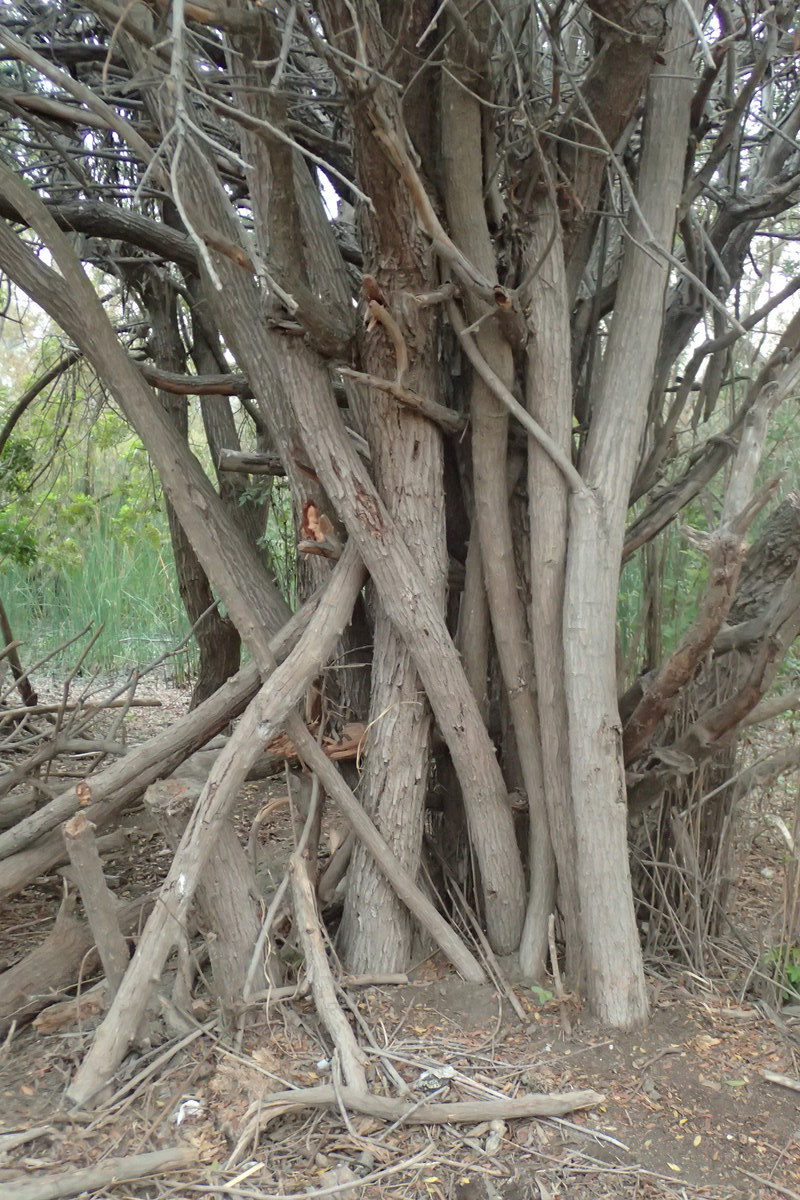
Schinus Terebinthifolius Calflora

Brazilian Pepper Tree Mlalazi Estuarine Floodplain Inaturalist
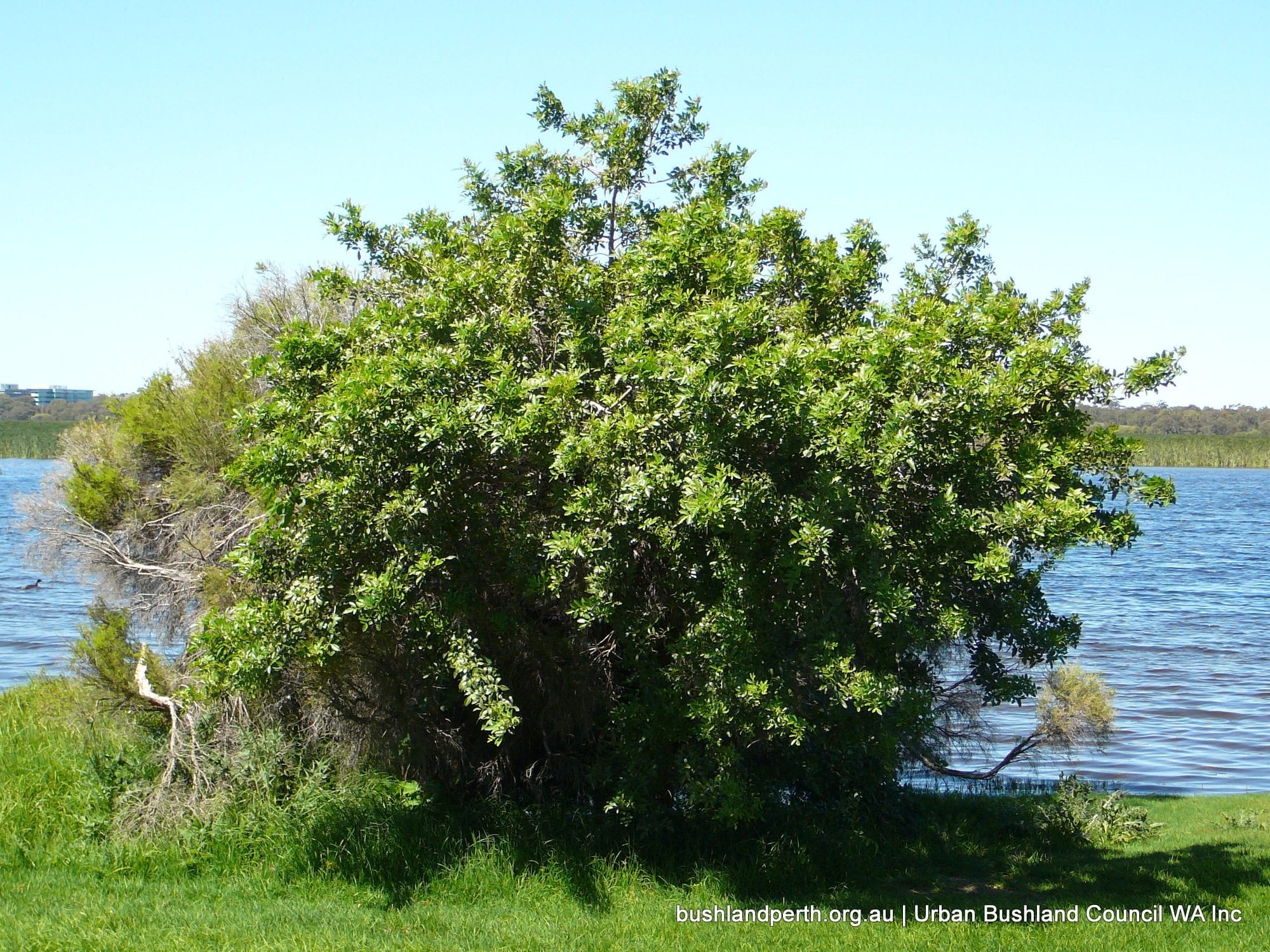
Brazilian Pepper Tree Urban Bushland Council Wa

Brazilian Pepper Everglades Cisma
Brazilian Pepper Tree Mlalazi Estuarine Floodplain Inaturalist

Best Herbicide Products For Getting Rid Of Brazilian Pepper Tree Solutions Pest Lawn

Best Herbicide Products For Getting Rid Of Brazilian Pepper Tree Solutions Pest Lawn
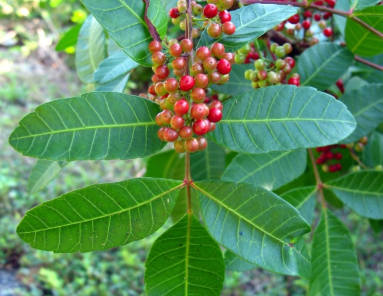
Invasive Plant Spotlight Brazilian Pepper U S National Park Service
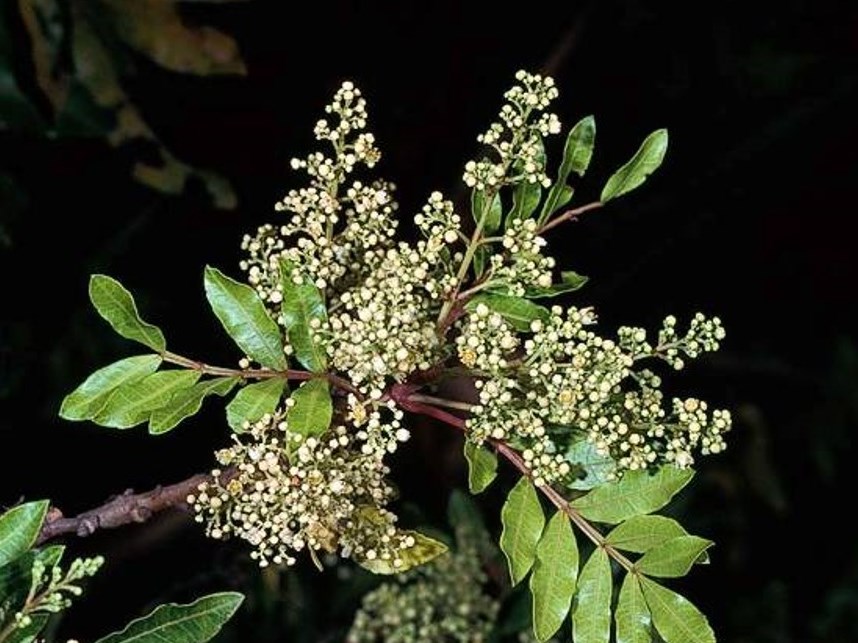
Schinus Terebinthifolius Profile California Invasive Plant Council

